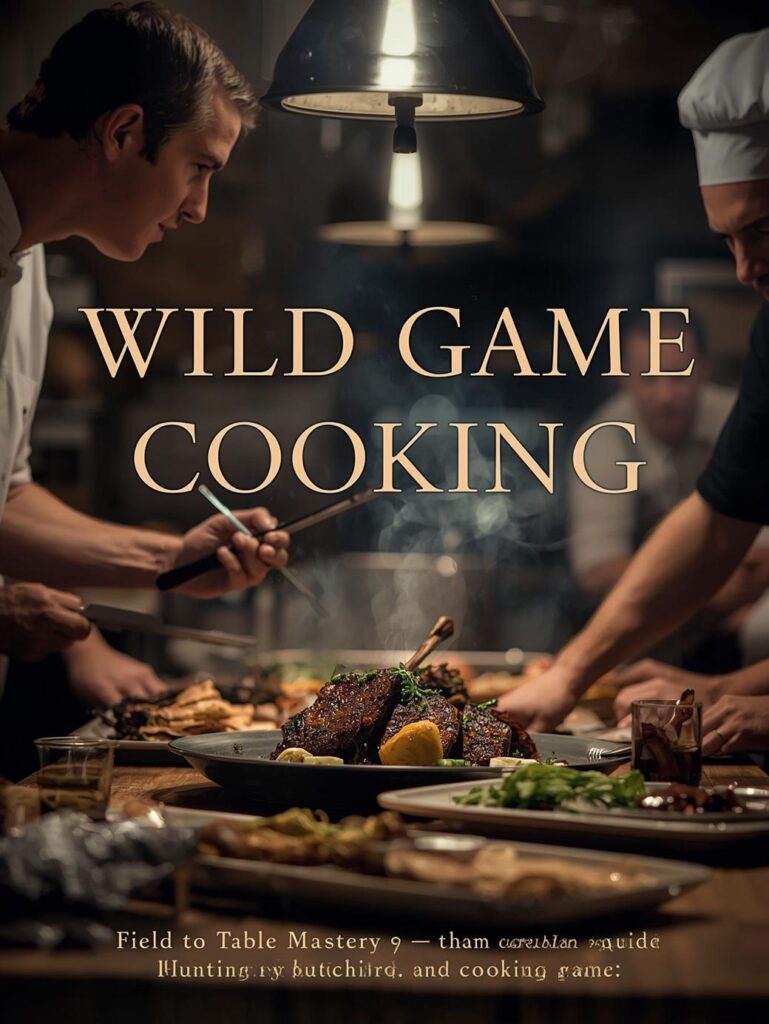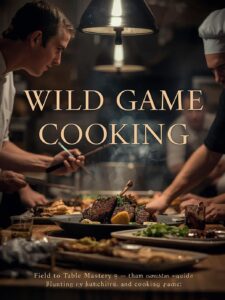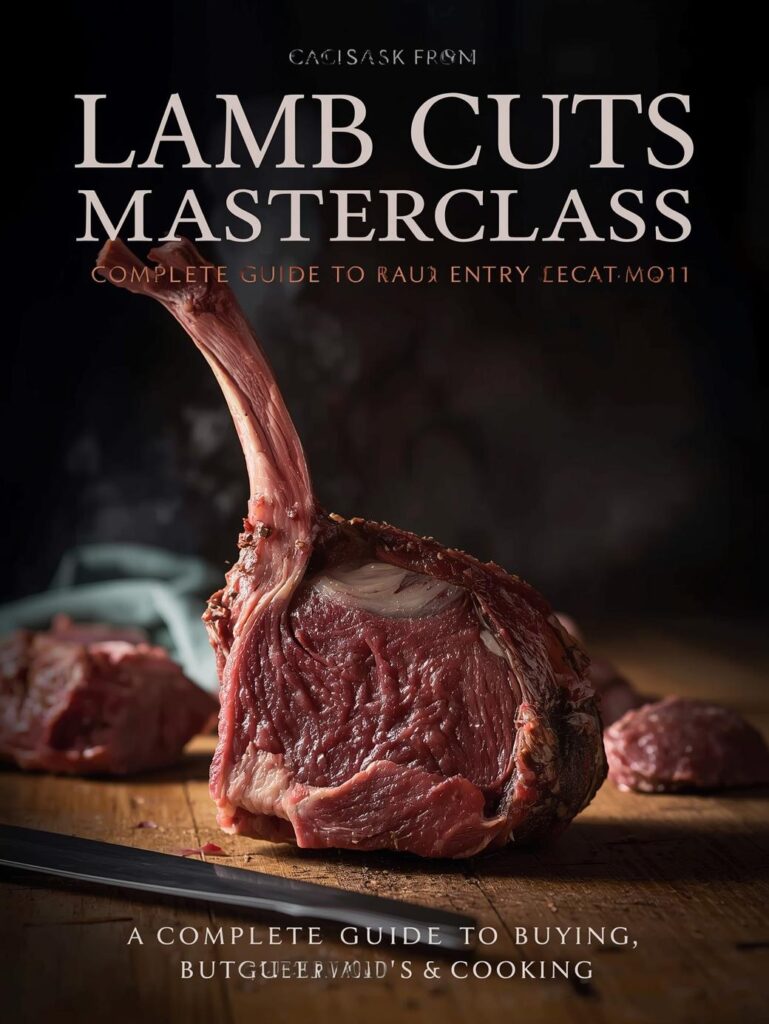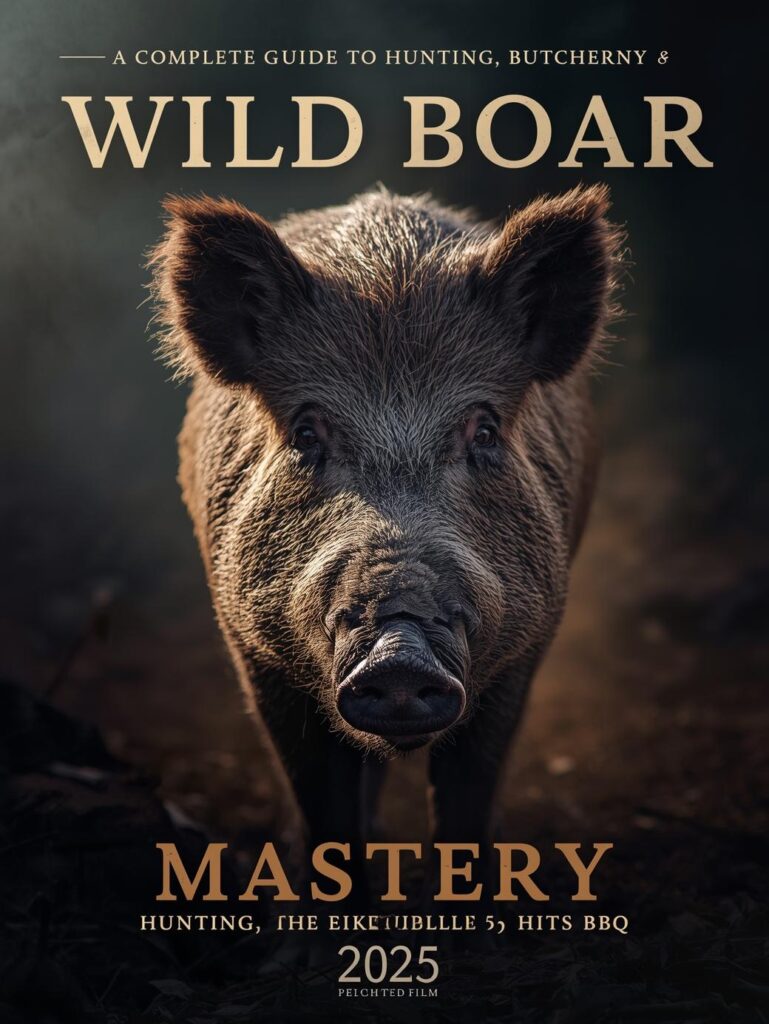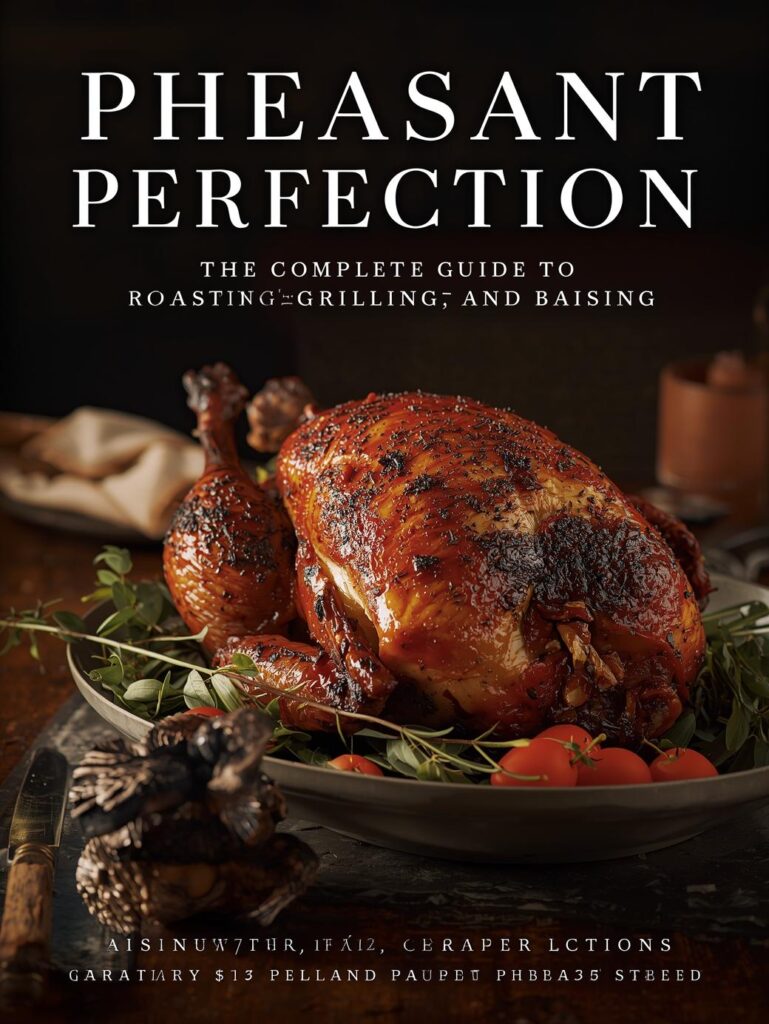Hunter’s Note: This guide bridges the gap between field and table, transforming wild game from potential disappointment to culinary excellence. Wild game cooking isn’t just about recipes—it’s about understanding the entire process from ethical harvest to proper aging, butchering, and cooking techniques that honor the animal and deliver incredible flavor. This is the most authentic form of farm-to-table, where you control every step of the journey.
Wild Game Cooking: Field to Table Mastery – The Complete Guide to Hunting, Butchering, and Cooking Game
“Wild game cooking is the ultimate test of a cook’s skill and respect for ingredients. Unlike domesticated meat, game doesn’t offer second chances—it demands knowledge from the moment the animal is harvested to the final presentation on the plate. The difference between tough, gamey disappointment and tender, flavorful perfection lies in understanding that wild animals lived active lives, developing lean muscle and complex flavors that require specific handling and cooking techniques to shine.”
Wild Game Cooking: Field to Table Mastery – The Complete Guide to Hunting, Butchering, and Cooking Game
Download Your Free Wild Game Processing Checklist
Welcome to the comprehensive world of wild game mastery, where we cover everything from field dressing to final plating. This guide will transform you from uncertain novice to confident game cook, teaching you the essential skills needed to handle venison, wild boar, game birds, and other wild meats with respect and culinary excellence.
🎯 THE WILD GAME PHILOSOPHY
Understanding the fundamental differences between wild and domestic meat is crucial for success.
⚙️ The Science of Wild Meat
Why Game is Different
- Muscle Structure: Wild animals develop lean, dense muscle from constant activity, with minimal intramuscular fat compared to domestic beef. This requires different cooking approaches.
- Flavor Complexity: Diet and lifestyle create unique flavor profiles. Acorns, wild herbs, and seasonal changes all influence the final taste.
- pH and Aging: Wild game has different pH levels and responds uniquely to aging. Proper field care is more critical than with domestic animals.
- Fat Composition: Game fat has different melting points and flavors. Many hunters remove certain fat deposits to improve eating quality.
🎯 Wild vs. Domestic Meat Comparison
🐄 Domestic Meat
- Consistent flavor
- Higher fat content
- Predictable texture
- Controlled diet
- Younger animals
- Familiar cooking methods
⭐ Wild Game
- Complex, varied flavors
- Very lean
- Variable texture
- Natural, varied diet
- Older animals common
- Specialized techniques needed
🔪 Cooking Approach
- Quick cooking for tender cuts
- Low & slow for tough cuts
- Marinades often beneficial
- Fat addition usually needed
- Temperature critical
- Resting essential
🔪 FIELD TO KITCHEN: THE COMPLETE PROCESS
Success begins the moment the animal is harvested.
🗣️ Field Dressing Mastery
The Critical First Steps
- Immediate Cooling: Field dress within 30-60 minutes of harvest. Rapid cooling prevents spoilage and improves meat quality.
- Proper Technique: Avoid puncturing digestive organs. Remove anus and reproductive organs carefully to prevent contamination.
- Hanging and Draining: Hang animal head-down to drain blood completely. Keep cavity open to air circulation.
- Temperature Management: Get meat below 40°F quickly. In warm weather, consider quartering and icing.
- Respect and Efficiency: Work quickly but carefully. Every minute counts in preserving meat quality.
📊 Wild Game Aging Guide
🎯 Optimizing Tenderness and Flavor Through Aging
| Game Type | Aging Method | Temperature | Time | Results |
|---|---|---|---|---|
| White-tailed Deer | Wet aging preferred | 34-38°F | 7-14 days | More tender, milder flavor |
| Elk/Moose | Dry aging possible | 34-38°F | 10-21 days | Concentrated flavor, very tender |
| Wild Boar | Limited aging | 34-38°F | 3-7 days | Prevents strong flavors |
| Game Birds | No aging needed | 32-34°F | 1-2 days | Preserves delicate texture |
| Waterfowl | Dry aging optional | 34-38°F | 3-7 days | Reduces fishy notes |
🍖 BUTCHERING AND PREPARATION
Proper butchering maximizes yield and eating quality.
🎪 Venison Butchering Strategy
Maximizing Your Harvest
- Primary Breakdown: Separate into primal cuts: front shoulder, rear legs, backstraps, tenderloins, neck, and ribs.
- Steak Cuts: Backstrap and top round make excellent steaks. Cut against the grain for maximum tenderness.
- Roast Selection: Bottom round, sirloin tip, and shoulder make excellent roasts for slow cooking.
- Grinding Strategy: Trim, neck, and flank are perfect for grinding. Add 10-20% pork fat for burgers and sausages.
- Specialty Cuts: Don’t waste shanks, osso buco-style preparations are incredible with venison.
🛠️ Game Bird Preparation
From Plucking to Portioning
- Plucking vs. Skinning: Plucking preserves fat and skin for roasting, while skinning is faster and better for stews.
- Proper Evisceration: Remove all internal organs carefully. The heart and liver can be saved for pâté or cooking.
- Aging Considerations: Most game birds benefit from 1-3 days of aging to relax muscles and improve tenderness.
- Portioning Options: Whole birds for roasting, spatchcocked for grilling, or broken down for specific preparations.
- Fat Addition: Wild birds are very lean. Consider barding with bacon or using butter under the skin.
🔥 COOKING TECHNIQUES FOR GAME
Different game types require specific cooking approaches.
🦌 Venison Cooking Methods
Lean and Flavorful
- Backstrap/Steaks: Cook hot and fast to 125-130°F for medium-rare. Overcooking makes venison tough and dry.
- Roasts: Use reverse sear method or slow roast at 275°F with added fat. Cook to 135°F for medium-rare.
- Ground Venison: Add pork fat (20%) for burgers. Cook to 160°F for food safety.
- Shanks/Neck: Braise low and slow like osso buco until falling-off-the-bone tender.
- Sausages: Grind with 25-30% fat, proper seasoning, and casings for excellent results.
🦆 Game Bird Techniques
Delicate and Lean
- Whole Birds: Spatchcock for even cooking. Roast at 425°F to 155°F breast temperature.
- Breasts: Cook to 140-145°F for pheasant, 130-135°F for duck breast. Rest thoroughly.
- Legs/Thighs: Braise or confit until tender. Game bird legs are much tougher than breasts.
- Waterfowl: Score skin, render fat slowly. Duck breast benefits from medium-rare preparation.
- Upland Birds: Younger birds can be roasted whole, older birds are better braised or in stews.
📋 WILD GAME DONENESS GUIDE
Safe and Perfect Cooking Temperatures
Venison Steaks/Roasts
125-130°F for rare, 130-135°F for medium-rare. Always rest 10-15 minutes. Over 140°F becomes tough.
Game Bird Breasts
140-145°F for pheasant/grouse, 130-135°F for duck breast. Carryover cooking adds 5-10°F.
Ground Game Meat
160°F minimum for food safety. Always use thermometer—color is not reliable indicator.
Braised Game
200-205°F for shanks, neck, shoulder. Cook until fork-tender, not by time.
🚨 WILD GAME TROUBLESHOOTING
🎯 Solving Common Game Cooking Problems
| Problem | Symptoms | Cause | Solution |
|---|---|---|---|
| Tough, Dry Meat | Chewy, lacks moisture | Overcooked, insufficient fat | Cook to lower temp, add fat, use marinades |
| Strong Gamey Flavor | Overpowering wild taste | Poor field care, older animal, diet | Proper aging, marinades, pair with bold flavors |
| Uneven Cooking | Some parts over/underdone | Irregular shapes, high heat | Use reverse sear, lower heat, meat thermometer |
| Lack of Flavor | Bland, missing character | Over-handling, poor seasoning | Better aging, dry brining, complementary flavors |
🏁 THE COMPLETE WILD GAME MASTERY
Wild game cooking represents the ultimate connection between hunter, ingredient, and table. It demands respect for the animal, knowledge of proper handling, and skill in cooking techniques. When done correctly, it delivers some of the most rewarding and flavorful eating experiences possible.
Your journey to wild game mastery will transform not just your cooking, but your entire relationship with food. The skills you develop—from field care to final plating—will make you a better cook overall and connect you to traditions that span human history.
Dive deep into venison-specific techniques and recipes
No posts found.
Explore Specific Game Types: Deepen your knowledge of individual game species.

